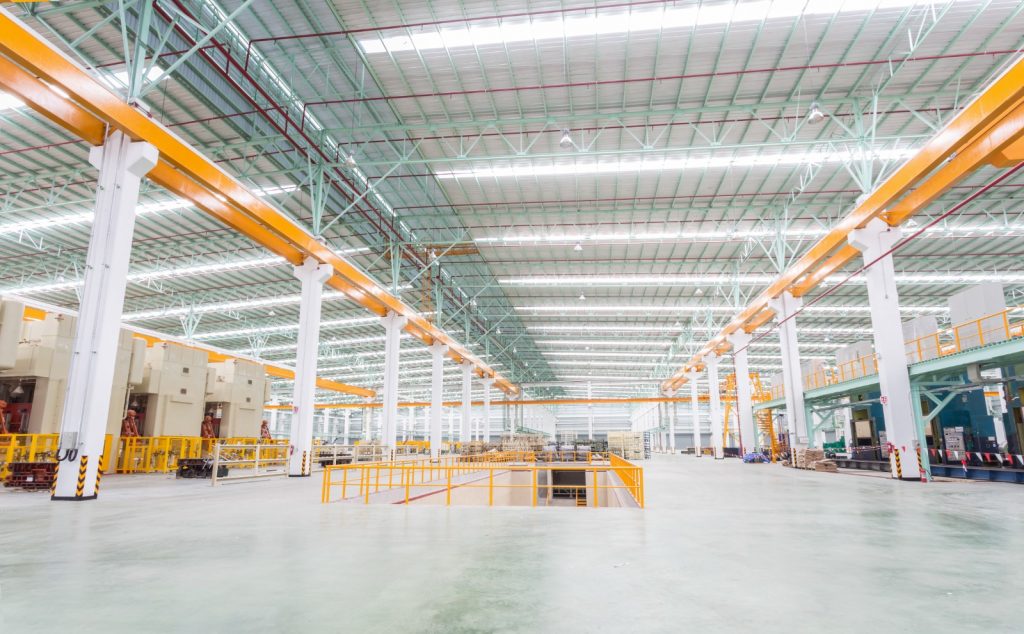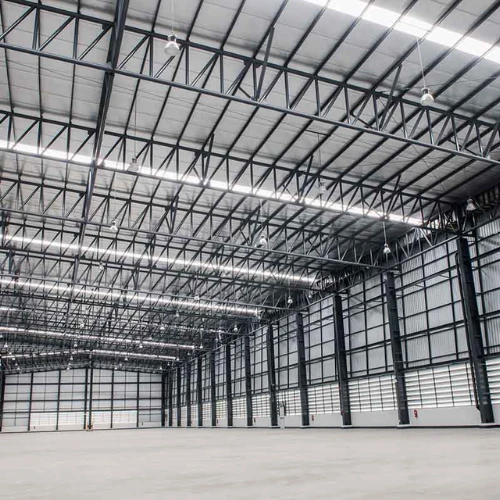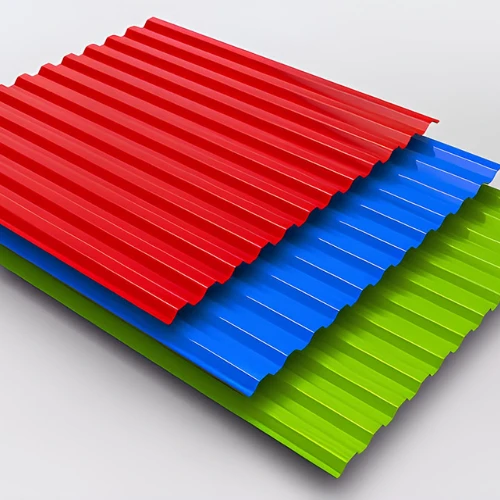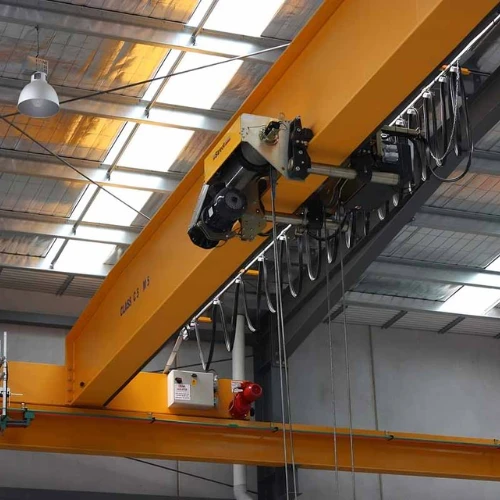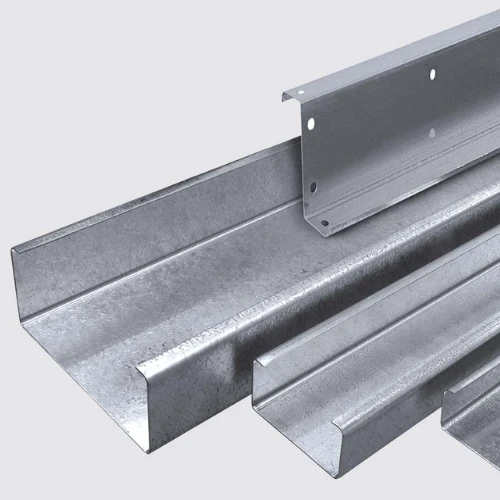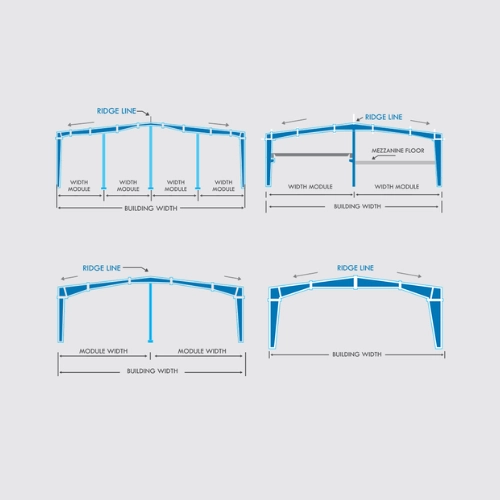In today’s fast-paced construction industry, steel buildings have emerged as a revolutionary solution for a wide range of structures. From industrial warehouses to commercial showrooms and agricultural barns to residential units, steel buildings offer unmatched strength, cost-efficiency, and design flexibility.
In this comprehensive guide, we will explore what steel buildings are, their benefits, types, and various applications. We’ll also look into the significance of steel frame, steel structural design, and how to choose the right PEB Manufacturer for your next project. This blog is brought to you by Choice Prefab, a trusted PEB Manufacturer delivering premium-quality steel buildings across India.
What Are Steel Buildings?
A steel building is a structure that is primarily made from steel, especially in its load-bearing components. These buildings are known for their durability, high strength-to-weight ratio, and ability to withstand extreme environmental conditions. Unlike conventional buildings that rely on bricks, concrete, or timber, steel buildings use structural steel buildings technology to form the building’s skeleton. Steel buildings can be fabricated off-site and assembled on location, making them a top choice in Pre-Engineered Building (PEB) construction.
Components of a Steel Building
A typical steel building comprises several integral parts:
- Steel Frame: The backbone of the building, it includes columns, beams, and rafters.
- Wall and Roof Panels: Usually made from corrugated steel sheets for protection and aesthetics.
- Bracing Systems: For structural stability during wind or seismic activity.
- Insulation Layers: Improve energy efficiency and temperature control.
- Fasteners and Anchor Bolts: For secure assembly.
Benefits of Steel Buildings
Durability and Strength
Steel is incredibly resistant to elements like fire, termites, mould, and rust (when coated properly). This makes steel structural buildings more durable compared to wood or concrete counterparts.
Quick Installation
Steel buildings are often prefabricated, allowing for quick on-site assembly. Reduced construction time translates to significant cost savings.
Cost-Effective
The initial investment in a steel building is generally lower than traditional construction, especially when considering long-term maintenance and durability.
Flexibility in Design
With advanced steel structural design software and modelling, architects and engineers can create customised layouts suitable for any purpose.
Eco-Friendly
Steel is 100% recyclable. Modern PEB buildings often use recycled steel, minimising environmental impact.
Low Maintenance
Steel doesn’t crack, split, or warp. Routine maintenance is minimal, reducing the long-term operational costs.
Types of Steel Buildings
Pre-Engineered Buildings (PEBs)
PEBs are factory-built buildings using standardised designs and components. These are ideal for warehouses, factories, and showrooms. Choosing a reputed PEB Manufacturer ensures quality control and structural reliability.
Modular Steel Buildings
These are portable structures that can be dismantled and relocated. They are suitable for temporary offices or remote site accommodations.
Rigid Frame Structures
These buildings use a bolted steel frame and are great for large-span spaces like sports arenas and aircraft hangars.
Arch Steel Buildings
Shaped like half-circles, these buildings are mostly used for agricultural storage and military use.
Multi-Storey Steel Buildings
Steel is a popular choice for high-rise buildings due to its excellent load-bearing capacity and fire resistance.
Applications of Steel Buildings
Steel buildings are versatile and can be used in various sectors:
Industrial Sector
- Warehouses
- Manufacturing plants
- Storage units
Commercial Sector
- Shopping malls
- Showrooms
- Office complexes
Agricultural Sector
- Barns
- Grain storage
- Equipment sheds
Residential Sector
- Modular homes
- Multi-family units
Public Infrastructure
- Schools
- Hospitals
- Community centers
The Role of Steel Frame in Modern Construction
The steel frame is essential for the structural integrity of the building. It allows architects to design larger spans without internal columns, making open floor plans more feasible. Steel frames also contribute to better seismic resistance and longevity. Using computer-aided steel structural design, engineers can simulate load, stress, and environmental conditions to optimise the structure before construction begins.
How to Choose the Right PEB Manufacturer
Choosing the right PEB manufacturer is critical for the success of your construction project. Here are some factors to consider:
Experience and Expertise
Look for manufacturers with a strong portfolio in delivering PEB buildings across various industries.
Customization Capabilities
Every construction project has unique requirements. A good PEB manufacturer should offer custom steel structural design solutions.
Quality Assurance
Check for certifications like ISO, adherence to local building codes, and the use of high-grade steel materials.
Turnkey Services
Some manufacturers offer end-to-end services including design, fabrication, transportation, and installation.
Client Reviews and Testimonials
Online reviews and case studies provide valuable insights into the reliability and professionalism of the company.
Trends and Innovations in Steel Building Construction
The steel building industry is rapidly evolving. Some key trends include
Use of AI and IoT in steel fabrication
3D modelling and BIM integration
Green building certifications (LEED)
Hybrid construction combining steel with other materials
Smart monitoring systems for structural health
Steel Buildings in India: A Growing Market
With urbanisation and industrial expansion, the demand for structural steel buildings and PEB buildings is rising in India. Cities like Ahmedabad, Pune, and Chennai are seeing a boom in steel construction projects due to affordability and speed.
The Indian government’s push for infrastructure development and smart cities has further fuelled interest in steel buildings. Partnering with a reliable PEB manufacturer ensures your project aligns with modern standards and sustainability goals.
Conclusion
Steel buildings offer a robust, flexible, and sustainable solution for modern construction needs. Whether you are planning an industrial warehouse, commercial showroom, or residential unit, steel provides unmatched benefits in terms of cost, durability, and speed.
From the importance of a well-designed steel frame to selecting the right PEB manufacturer, every aspect plays a vital role in the success of your project. As innovation continues to reshape the construction industry, steel buildings are set to become the cornerstone of the built environment in the years to come.
Ready to Build with Steel?
If you are considering a PEB building for your next construction project, now is the time to explore the many possibilities of steel. Partner with a trusted PEB manufacturer like Choice Prefab and turn your vision into reality with precision-engineered structural steel buildings.

